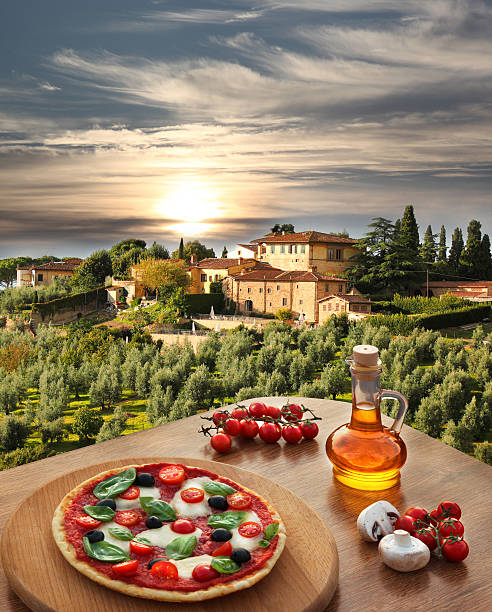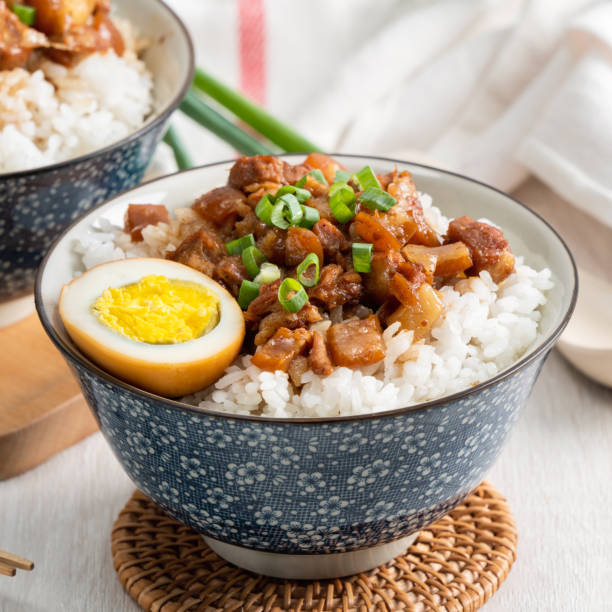Experiencing the Rustic Charm of Tuscan Cuisine
Tuscan cuisine, known for its hearty flavors and simplicity, is one of Italy's most beloved culinary styles. Its emphasis on fresh, local ingredients and simple cooking techniques make it a standout in the world of gastronomy. This article will take you on a gastronomic journey through Tuscany, exploring the region's signature dishes, unique beverages, and cooking techniques.

The Essence of Tuscan Cuisine
With lush vineyards, sun-drenched farmlands, and the coastal bounty of the Mediterranean, Tuscany’s landscape is a natural pantry. The Tuscan cuisine is characterized by its simplicity and use of fresh, high-quality ingredients. Olive oil, legumes, fresh vegetables, and a variety of cheeses and bread are staples in the Tuscan kitchen.
Signature Dishes of Tuscany
Arguably, the most famous Tuscan dish is the Bistecca alla Fiorentina, a T-bone steak sourced from the local Chianina cattle, seasoned with nothing but salt, pepper, and a brush of olive oil. Another classic is Ribollita, a hearty soup made from bread, beans, and vegetables. The use of day-old bread is a typical Tuscan method to make the most out of every food resource.
Tuscan Beverages: More than Just Wine
While Tuscany is famous for its wines, especially Chianti, Brunello di Montalcino, and Vino Nobile di Montepulciano, it also offers other unique beverages. Vin Santo, a sweet dessert wine served with cantucci biscuits, is a traditional Tuscan finish to a meal.
The Art of Tuscan Bread Making
Tuscan bread, or pane toscano, is unique in that it’s made without salt. This tradition dates back centuries to when salt was a costly commodity. The bread’s bland taste makes it an excellent companion to the region’s robustly flavored dishes.
Innovative Takes on Tuscan Cuisine
Modern Tuscan chefs are innovating while still honoring tradition. They’re introducing new ingredients and techniques, creating lighter, more refined versions of traditional dishes. Restaurants in Florence and Siena are leading the way in this culinary evolution.
Bite-Sized Knowledge
- Tuscan cooking is often referred to as “cucina povera” (poor kitchen) because many of its dishes originated from peasants who needed to make the most of their limited resources.
- Pecorino Toscano, a sheep’s milk cheese, and Prosciutto Toscano, a seasoned ham, are two iconic Tuscan products with Protected Designation of Origin status.
- Tuscans are often called “bean eaters”, or mangiafagioli, due to the high consumption of legumes, particularly cannellini beans, in their diet.
In conclusion, Tuscan cuisine is a testament to the power of simplicity in cooking. Its fresh, local ingredients and time-tested techniques create dishes that are both comforting and satisfying. The rustic charm of Tuscan cuisine lies in its ability to transform humble ingredients into culinary masterpieces, showing us that sometimes, less truly is more in the world of gastronomy.





